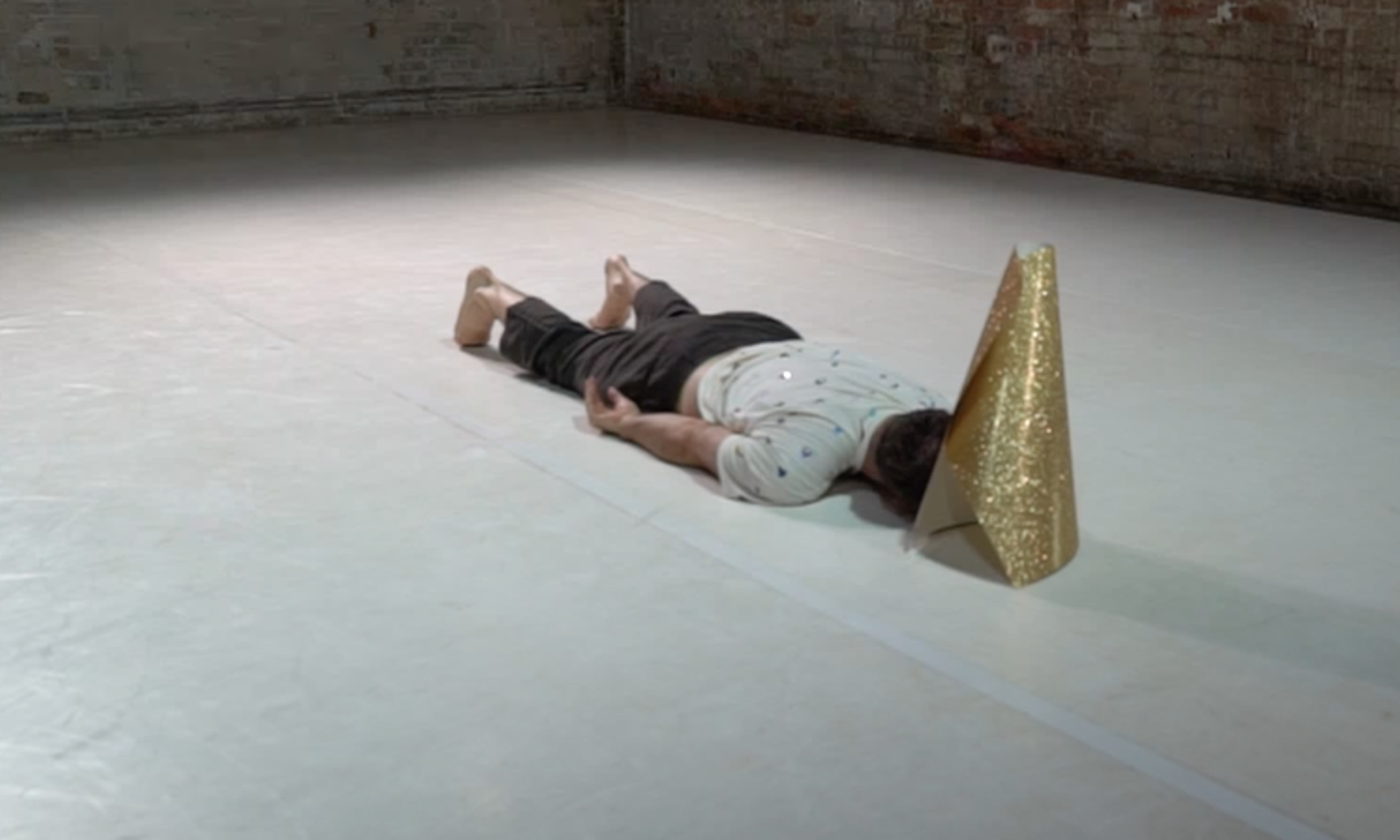360(shoulder) x 360 (shoulder) x 135(elbow) x 135(elbow) x 360 (wrist) x 360 (wrist) x 360 (spine) x 360 (hip) x 360 (hip) x 135(knee) x 135(knee) x 360 (ankle) x 360 (ankle) x 360 (head) =
12,143,953,109,659,430,000,000,000,000,000,000 body positions
Assuming 1 postion/sec (31,449,600 seconds in a year)
386,140,145,173,847,400,000,000,000 years for 1 person to do all positions.
These are rough calculations that do not take into account several factors. The fingers, the face, the wide range of mobility of the spine, the various sizes of circles that each rotation joint can do.
If you wanted to see how many possible positions there are in a duet, square the large number at the top. A trio – that number to the third power… a quartet that number to the fourth power etc.
Adding in costumes, lighting, repetition of movement, sound…there are an infinite number of dances possible.
Which leads me to a question of value. If so many dances are possible, how do we determine the good ones? Value and quantity usually have an inverse relationship – the greater the number of something, the less that something is valued. Take grains of sand and diamonds.
Are all of the dances that have been created of equal value because there are vastly fewer dances that have been created in comparison to dances that have not been created? Is every dance you will see in your lifetime of equal value?
